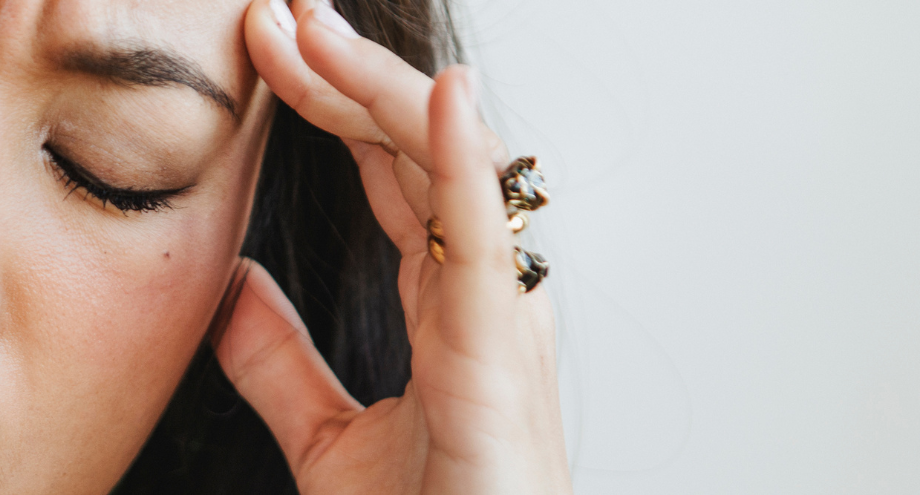The University of Pennsylvania School of Dentistry has joined forces with the Adams School of Dentistry and the Gillings School of Global Public Health, both at the University of North Carolina, to investigate the factors that play a role in the development of tooth decay.
Until now, Streptococcus mutans had been the main suspect in causing the plaque responsible for tooth decay, but this new study, published on 22 May in Nature Communications, reveals for the first time the relevance of another bacterial species in this process: Selenomonas sputigena, a bacterium that, until now, had been exclusively associated with gum disease.
“This unexpected discovery gives us new insights into caries development, highlights potential future targets for caries prevention, and reveals new mechanisms of bacterial biofilm formation that may be relevant in other clinical settings,” says study co-author Dr Hyun (Michel) Koo, professor in the Department of Orthodontics and Divisions of Paediatrics and Community Oral Health, and Co-Director of Penn Dental Medicine’s Centre for Innovation and Precision Dentistry.
The other two senior co-authors of the study, Dr Di Wu (associate professor at the Adams School and the UNC Gillings School of Global Public Health) and Dr Kimon Divaris (professor at the UNC Adams School of Dentistry), point to the importance of collaboration between entities, saying that this discovery “could not have been made without the complementary expertise of many groups, researchers and grantees”.
Study sample and procedure
To find the factors involved in plaque formation responsible for the development of caries, considered the most common and widespread chronic disease worldwide, the UNC researchers took plaque samples from the teeth of 300 children aged 3 to 5 years, half of them with caries.
With the help of Dr. Koo’s lab, they analysed the samples through several tests, including:
- Sequencing of bacterial gene activity.
- Analysis of the biological pathways implicated by the bacterial activity.
- Direct microscopic images.
After the analysis, the researchers compared the extracted results with 116 other plaque samples from other children in the same age range.
The results showed that, although S. sputigena is only one of several bacterial species linked to plaque formation and does not cause caries on its own, it has a surprising ability to associate with S. mutans and promote the development of caries.
How do these bacteria work?
- mutans uses available sugar to build sticky structures (glucans), which form part of the protective environment of plaque. The researchers found that, thanks to its small appendages, S. sputigena can move across surfaces and become trapped by these glucans.
Once trapped, S. sputigena proliferates rapidly, using its own cells to make honeycomb “superstructures” that encapsulate and protect S. mutans. The result of this association is increased acid production and higher acid concentration, which significantly aggravates caries.
“This phenomenon, where a bacteria from one type of environment moves into a new environment and interacts with the bacteria living there, building these remarkable superstructures, should be of great interest to microbiologists,” says Koo.
Dr Koo believes that one of the strategies to combat the power of this bacteria could be to disrupt these protective superstructures through specific enzymes or more precise and effective brushing methods.
For now, the researchers plan to study how this mobile anaerobic bacteria ends up in the aerobic environment of the tooth surface.




